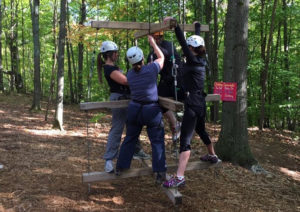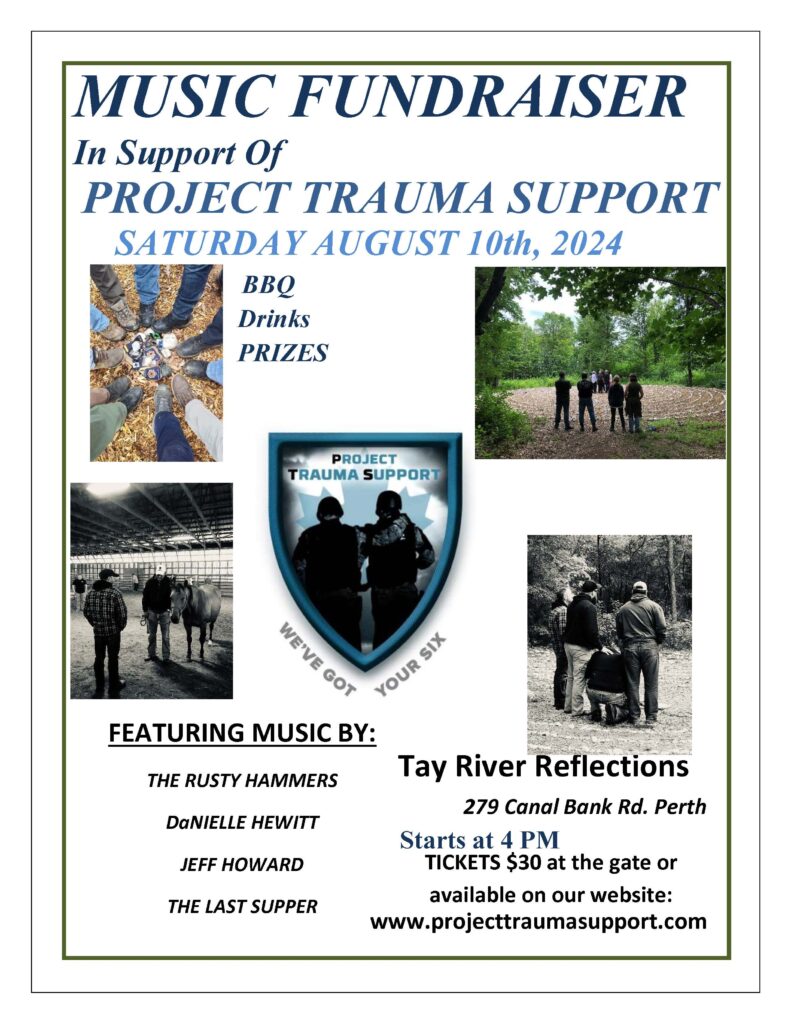Life is difficult. This is one notion that not many would refute. We are all faced with responsibilities, challenges, stressful situations and difficult decisions to make. Our life story lines include love and loss, triumph and defeat, success and failures. We are surrounded by examples of loyalty and betrayal, valour and cowardice, scrupulousness and dishonesty. We deal with difficulties in our personal lives, our professional lives, our physical health and our emotional wellbeing. How do we stay centred, productive and sane? How do we move forward in our lives making meaningful contributions and setting good examples for our children and others who look to us for care and direction?
It is our perceptions and our attitudes that will make us or break us.
Living a life filled with opportunities and challenges is nothing new; it is the essence of the human condition. The props and the costumes may be different, but the themes, the archetypal characters and the plots in which we find our protagonist selves are few in number. These plots have played themselves out over and over again in the history of mankind.
When we are slapped with another unwanted assignment or a disappointing piece of news, it is easy to slide into a state of resentment. Why should I be the one who has to do this? Why are the kids so annoying and messy? Why are there always more bills than money to pay them?
The truth is that conditions and circumstances, which we judge as good or bad, will always appear. We have little control over most of them. What we can control, however, is how we choose to perceive them. This will determine how we approach our life’s journey in its entirety.
Victor Frankl, in his landmark book “Man’s Search for Meaning” wrote “everything can be taken from a man but one thing: the last of the human freedoms-to choose one’s attitude in any set of circumstances, to choose one’s own way”.
Psychologist Martin Seligman has spent his career studying positive psychology: what particular mental attitudes lead to enhanced psychological and emotional wellbeing. He has identified optimism as being the one trait that can enhance the experience of life. He believes that everyone can learn optimism. Learned optimism is the opposite and antidote to learned helplessness.
It appears that some people tend to be naturally optimistic while pessimism is a strong tendency in others. Both stances are associated with energies that come with them. Optimists can have seemingly boundless energy because they naturally expect that all their undertakings will have positive outcomes. Pessimists, on the other hand, may be reluctant to invest their energy into projects as their belief is that no good will come of their efforts, or what good results they initially experience will eventually be sabotaged ( usually by the stupid people that they feel make up the world).
Disappointments in the optimist’s world are seen simply as feedback, giving the opportunity to start again, with more knowledge and wisdom. Disappointments in the pessimist’ s world are yet another reinforcing validation of their view that life sucks.
The optimist will view challenges and difficulties as a chance to grow. They will attach hope of goodness to even the most dire situations. They will look for strategies for damage control, the opportunity to alleviate suffering, and find meaning and purpose in their willingness to serve in natural disasters. Even when death is inevitable, the optimist shifts to a hope for a serene passing with contentment and closure. Pessimists will crumble much faster in the face of adversity. They will lose hope and resent the energy they expended that led to disappointments or disaster. This is of course an exaggeration, but we can all move further toward the optimist’s side of the scale and find more satisfaction in life.
The one quality that is closely related to optimism that is not as well known or studied is curiosity. If one is optimistic, he or she brings a natural curiosity to new circumstances, believing that all will unfold as it should and result in happy endings. The pessimist, on the other hand, will tend to slap negative judgment on all new happenings and be less likely to engage.
The optimist will be curious about the implications of meeting new people and will contemplate the forces that have made them cross paths with new souls. The pessimist will assume that new assignments with new people are an unwelcome chore and will result in further frustration.
It is little wonder that optimism is the one trait that is identified as the most important to predict success, whether in business or in life in general.
Seth Godin, American author and entrepreneur writes “optimism is the most important human trait because it allows us to evolve our ideas, to improve our situation, and to hope for a better tomorrow”.
When it comes to addressing PTSD in first responders or compassion fatigue and burnout in helping professionals, optimism and curiosity are the best buffers. Optimism toward humanity and the human spirit allows one to believe that the ills of society, and the plight of its individual members can improve. It allows one to find abundant energy to keep funnelling into one’s work at a one on one, group, or societal level.
Optimism that “you did not go through all this for nothing”, and that there is wisdom, meaning, and power to be gained from bouncing back from difficult situations keeps one’s spirit alive and fighting. Curiosity allows us to seek the lessons that are to be learned from our difficulties. It leads to a willingness to be shown the path to emotional and spiritual growth as a result of our struggles.
Difficult relationships and difficult situations abound. The curious optimist will understand that every relationship is an assignment. Each difficult experience takes us into an unknown world where we should remain curious. It gives us opportunity to seek out the elixir, that precious all powerful wisdom that we can share in our known world to help and enlighten others.




